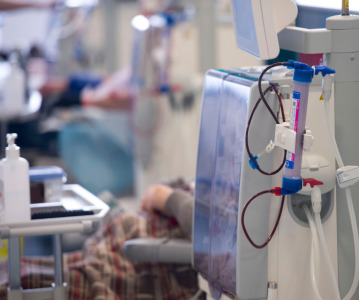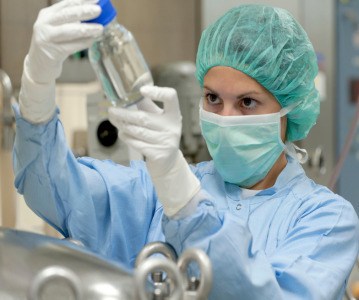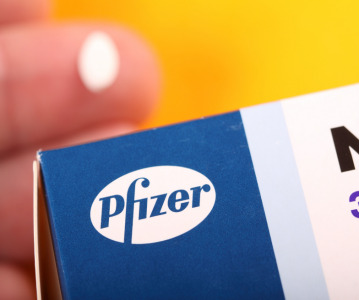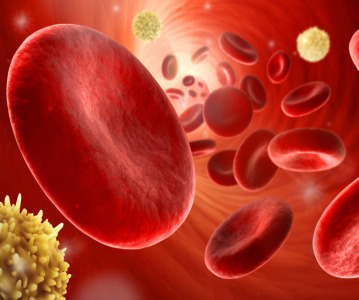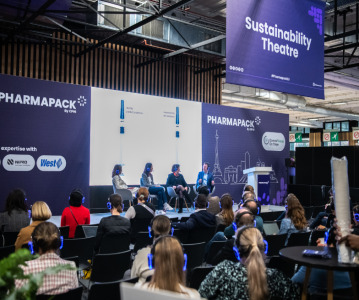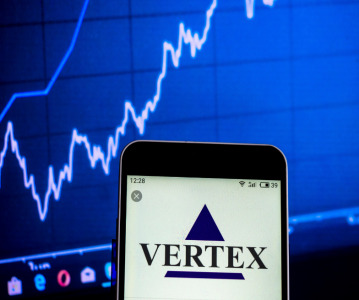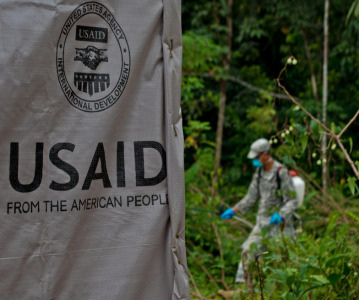Biosimilars save patients $11B annually, but barriers to adoption remain in US market

Biosimilars introduce competition into the biologics market, driving down prices and increasing patient access.
Biosimilars save patients more than $11.2 billion annually and even more savings could be generated if US price rules are reformed, according to a new report from the Pacific Research Institute’s Center for Medical Economics and Innovation.
The report, titled Falling Prices, examines how biosimilars provide competition across seven biologic drug classes, as well as the factors that influence pricing of originators and biosimilars.
A biosimilar is a biologic medical product that is almost an identical copy of an original product made by a different company. Due to the high cost of developing a new therapy – estimated to be nearly $2.9 billion including post-approval R&D - innovator biologics are initially expensive by necessity.
On average, developers of an originator biologic have 12 years of patent protection once the drug has been authorised for sale, during which time the developers can recoup their capital costs. Once this opportunity has been provided, competition in the biologics market is empowered through the introduction of biosimilars.
Looking at seven biologic drug classes where biosimilars provide robust competition, the report’s author notes one common thread – the prices of all originator biologics were consistently rising prior to the introduction of competitive products.
When competitive products are introduced, patients end up paying less for two central reasons – the originator product lowers its price to compete with the biosimilar, or the originator fails to lower its price and is squeezed out of the market by the biosimilar, which gains market dominance over time. The report also found that more biosimilars competing against the originator are associated with greater price reduction pressures.
This can be seen in an example from the US market. In 2018, a biosimilar in the Pegfilgrastim drug class entered the market and began to drive down the price of Neulasta - the originator biologic. By 2022, the price of Neulasta was 54% lower and the price of four biosimilar competitors were 30-50% lower than Neulasta’s 2018 price.
Similarly, when an infliximab biosimilar entered the market in 2017, the price of Remicade (the originator biologic) more than halved in the five years since. In 2022, Remicade’s price was 56% lower than in 2017 and the prices of the two biosimilar competitors were 54% lower.
Barriers to adoption
In Falling Prices, the report’s author notes that there are several challenges associated with increased biosimilar adoption. He says, ‘Paramount among these barriers is the current opaque pricing and rebate system that creates anticompetitive obstacles’ and calls for an end to the ‘anti-competitive practice’ commonly known as a ‘rebate wall’ or ‘rebate trap’.
Rebate walls occur when rebates are tied to specified volume targets and can have negative impacts on drug affordability and patient access.
The report also notes that disincentives can arise when originator biologics match biosimilars’ lower prices. While a price reduction is welcome news for patients, sales data shows that when an originator lowers its price to match a biosimilar, the originator tends to retain dominant market share. Lower biosimilar market share decreases the expected value from biosimilar investments, reducing the incentive to invest in future biosimilars. Essentially, originator price matching now may lead to fewer biosimilars later.
It is also important to understand some of the cultural and organisational factors that determine the level of biosimilar adoption in hospital formularies. According to data from Vizient’s 2022 biosimilar survey, released on Tuesday, biosimilars are being adopted more widely in formularies, but utilisation in patient care is lower.
Respondents said the longer a biosimilar has been available, the more likely the product is to be added to an organisation’s formulary, but the length of time did not necessarily translate into higher utilisation. For example, 88% of respondents said they have adopted a biosimilar for infliximab (Remicade), used in the treatment of rheumatoid arthritis and inflammatory bowel conditions, and 85% said they are utilising it to some degree. However, data shows that the originator product retains a larger market share than the competing biosimilar.
Looking forward
It is clear that increased competition promotes patient affordability in the biologics space, as is common in many other markets. Compared to the pre-competition prices of originator products, biosimilar competition generates tens of billions of dollars in annual savings and could generate even more if biosimilars enter the adalimumab and etanercept markets.
In the Falling Prices report, the author notes: ‘Policies that improve the competitive incentives in the biologics market will promote the dual goals of continued drug innovation and greater drug affordability.’
He concludes by calling for government drug policies to ‘remove current barriers to competition, promote a transparent drug pricing system, and ensure that formularies do not block patients from accessing the widest available number of biosimilars.’
Related News
-
News US FDA adds haemodialysis bloodlines to devices shortage list
On March 14, 2025, the US FDA published an open letter to healthcare providers citing continuing supply disruptions of haemodialysis bloodlines, an essential component of dialysis machines. -
News Women in Pharma: Manufacturing personal and team success
Our monthly Women in Pharma series highlights the influential lives and works of impactful women working across the pharmaceutical industry, and how the industry can work towards making the healthcare industry and workplace more equitable and inclusive... -
News Pfizer may shift production back to US under Trump pharma tariffs
At the 45th TD Cowen annual healthcare conference in Boston, USA, Pfizer CEO Albert Bourla outlined the potential for Pfizer to shift its overseas drug manufacturing back to the US as pharmaceutical industry players weigh their options against Presiden... -
News Experimental drug for managing aortic valve stenosis shows promise
The new small molecule drug ataciguat is garnering attention for its potential to manage aortic valve stenosis, which may prevent the need for surgery and significantly improve patient experience. -
News Women in Pharma: Connecting accessible pharma packaging to patients – a Pharmapack Special
Throughout our Women in Pharma series, we aim to highlight how CPHI events encourage discussions around diversity, equity, and inclusion initiatives in the pharmaceutical industry. -
News Vertex Pharmaceuticals stock jumps as FDA approves non-opioid painkiller
UK-based Vertex Pharmaceuticals saw their stock shares soar as the US FDA signed off on the non-opioid painkiller Journavx, also known as suzetrigine, for patients with moderate to severe acute pain, caused by surgery, accidents, or injuries. -
News Trump administration halts global supply of HIV, malaria, tuberculosis drugs
In various memos circulated to the United States Agency for International Development (USAID), the Trump administration has demanded contractors and partners to immediately stop work in supplying lifesaving drugs for HIV, malaria, and tuberculosis to c... -
News 2024 Drug Approvals: a lexicon of notable drugs and clinical trials
50 drugs received FDA approval in 2024. The centre for biologics evaluation and research also identified six new Orphan drug approvals as under Biologics License Applications (BLAs). The following list picks out key approvals from the list, and highlig...
Position your company at the heart of the global Pharma industry with a CPHI Online membership
-
Your products and solutions visible to thousands of visitors within the largest Pharma marketplace
-
Generate high-quality, engaged leads for your business, all year round
-
Promote your business as the industry’s thought-leader by hosting your reports, brochures and videos within your profile
-
Your company’s profile boosted at all participating CPHI events
-
An easy-to-use platform with a detailed dashboard showing your leads and performance
